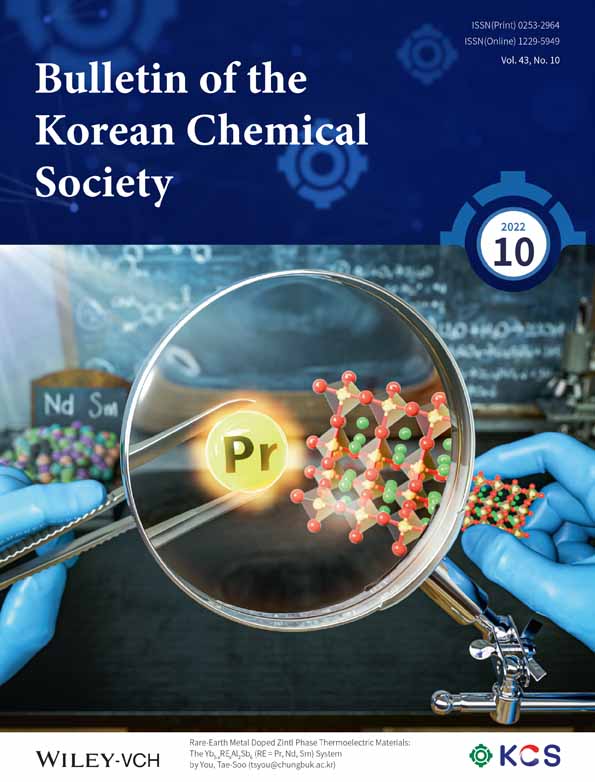Synthesis of monolayer 2D MoS2 quantum dots and nanomesh films by inorganic molecular chemical vapor deposition for quantum confinement effect control
Funding information: Ministry of Land, Infrastructure and Transport of Korea, Grant/Award Number: 22CTAP-C163795-02; National Research Foundation of Korea, Grant/Award Numbers: NRF-2020M3D1A1110566, NRF-2021R1A4A1027480, NRF-2021R1C1C1010603
Abstract
Bandgap engineering is an important prerequisite for various applications of two-dimensional (2D) transition metal dichalcogenides (TMD). A reduction in the dimension from 2D has been one of the methods to control the electronic structure, by which a quantum confinement effect in the additional axis(es) can result in the widening of band structures. A vapor-phase process for synthesizing monolayer MoS2 nanomesh film or MoS2 quantum dot is developed based on the inorganic molecular chemical vapor deposition. The vapor-phase process can control MoS2 coverage by adjusting growth times. Therefore, the formation of nanostructures can be confirmed based on the growth time. The quantum confinement effect in monolayer MoS2 nanomesh films and MoS2 quantum dots is also confirmed via spectroscopic investigations, which induce a blue shift, indicating bandgap widening. Consequently, this approach can be used to synthesize lower-dimensional TMD materials for bandgap engineering, which is an essential process in optical or optoelectrical applications.




